Resolution 71 of the Politburo on breakthroughs in education and training development sets out the task of modernizing and upgrading higher education, creating breakthroughs in developing highly qualified human resources and talents, and leading research and innovation.
In which, arranging, restructuring and merging higher education institutions is one of the key solutions.
At the 2025 Higher Education Conference, Minister of Education and Training Nguyen Kim Son affirmed that this major restructuring of educational institutions is an order.
This is the opportunity, the time, the moment for higher education to make a breakthrough. "If we do not seize the opportunity, seize the power, it means we are at fault," the head of the education sector emphasized.
Before the revolution in university arrangement and merger, Dan Tri Newspaper organized a series of articles with the theme: "The great arrangement of universities: A strategic turning point for breakthrough development".
The series of articles is a panoramic picture of the orientation of arranging, restructuring and merging universities in Vietnam, in which leading experts will participate in debating and clarifying breakthrough development opportunities for higher education and challenges that need to be jointly resolved so that the higher education revolution can reach its destination in accordance with the spirit of Resolution 71.
According to the statistics of the 2023-2024 school year of the Ministry of Education and Training, the country has 176 public universities, colleges, and academies with more than 1.8 million students and more than 68,000 lecturers and administrators. This number does not include military and police schools.
The Minister of Education and Training estimates that there will be about 140 schools subject to reorganization and the number of universities will decrease sharply in the coming time. This also means that a large number of students and lecturers will be affected.
Many experts, leaders, former leaders of universities, researchers, lecturers, etc. proposed solutions for the largest restructuring and reorganization in the history of Vietnamese higher education to achieve its set goals: to be streamlined in scale, strong in competition, improve academic quality, and at the same time ensure that teaching and learning of students and lecturers are not interrupted.
| Index | Total | Public | Non-public |
| Number of schools | 243 | 176 | 67 |
| University student population | 2,355,711 | 1,819,416 | 536,295 |
| Divided by training form | |||
| - Regular | 2,113,042 | 1,598,034 | 515,008 |
| - Work and study at the same time | 132,578 | 123,233 | 9,345 |
| - Distance learning | 110,091 | 98,149 | 11,942 |
| Master's and doctoral training scale | 108,674 | 97,011 | 11,663 |
| - Graduate students | 97,315 | 85,983 | 11,332 |
| - Postgraduate student | 11,359 | 11,028 | 331 |
| Managers and lecturers | 95,236 | 68,293 | 26,943 |
| - Management staff | 931 | 703 | 228 |
- Staff | 10,274 | 7,581 | 2,693 |
- Full-time lecturer | 84,031 | 60,009 | 24,022 |
Higher education data for the 2023-2024 academic year
Forming regional training clusters or university-vocational clusters in each province
Associate Professor Dr. Do Van Dung, former Principal of Ho Chi Minh City University of Technical Education, supports the policy of arranging and restructuring educational institutions in a streamlined and effective direction.
Accordingly, he proposed merging schools with similar functions, eliminating unnecessary intermediate management levels, and dissolving substandard facilities.
In reality, many local colleges and universities currently have low training quality, incompetent lecturers and poor facilities, and graduates do not meet business needs, leading to unemployment.
According to Mr. Do Van Dung, local universities should be transformed into community colleges following the American model: studying 2-3 years locally and then transferring to quality universities. This arrangement must ensure the connection between university education and vocational education, support credit transfer, and dual training to meet the rapid labor demand.
In rural areas, the former Principal of Ho Chi Minh City University of Technical Education proposed retaining vocational schools that are suitable to local needs.
He also proposed a priority arrangement according to economic regions to form regional training clusters: a university-vocational cluster in each province, with a leading school leading the way, allowing students to transfer easily, reducing waste of resources.
At the same time, small colleges and universities should merge into one large school, keeping the core curriculum and integrating vocational training.
For weak institutions, dissolution is essential, but attention should be paid to transferring students to other schools, retraining lecturers, not interrupting learning, and reusing facilities for community training.
“This process can be piloted in 1-2 provinces, monitoring effectiveness through employment rates and budget savings, then expanding,” said Associate Professor Dr. Do Van Dung.

Perspective of University of Technology, Vietnam National University, Hanoi, in Lang - Hoa Lac (Photo: VNU).
The arrangement and merger must take into account harmony and avoid mechanical coupling.
Associate Professor Dr. Nguyen Phu Khanh, Deputy General Director and Vice Rector of Phenikaa University, affirmed: merging higher education institutions creates opportunities for development.
Mr. Khanh proposed two directions for rearranging educational institutions, which are rearranging by industry group or by geographical location of province or city.
However, Vice President of Phenikaa University especially emphasized the elements of harmony and suitability.
Mr. Khanh analyzed that education is different from business, it is highly specific because it has school culture, training culture, professional culture and the way of educating people. Therefore, the merger should avoid mechanical assembly. Each educational institution should be considered as a developing individual, the merger between these individuals should be considered whether it is suitable for the "location" or not.
"I think the constitution of the merged individuals must be in harmony. If two incompatible individuals are forced to be paired together, it will be very difficult for them to develop, if not worse, they will drag each other down," said Mr. Khanh.
Mr. Khanh cited an example, a school has both health and engineering majors and a school only has health majors. These two schools have different teaching methods, different educational philosophies, different operating mechanisms and salaries. Similarly, the problem when combining a standardized school with a non-standardized school. Solving those differences when combining is very difficult and challenging if the appropriate factor is not considered beforehand.


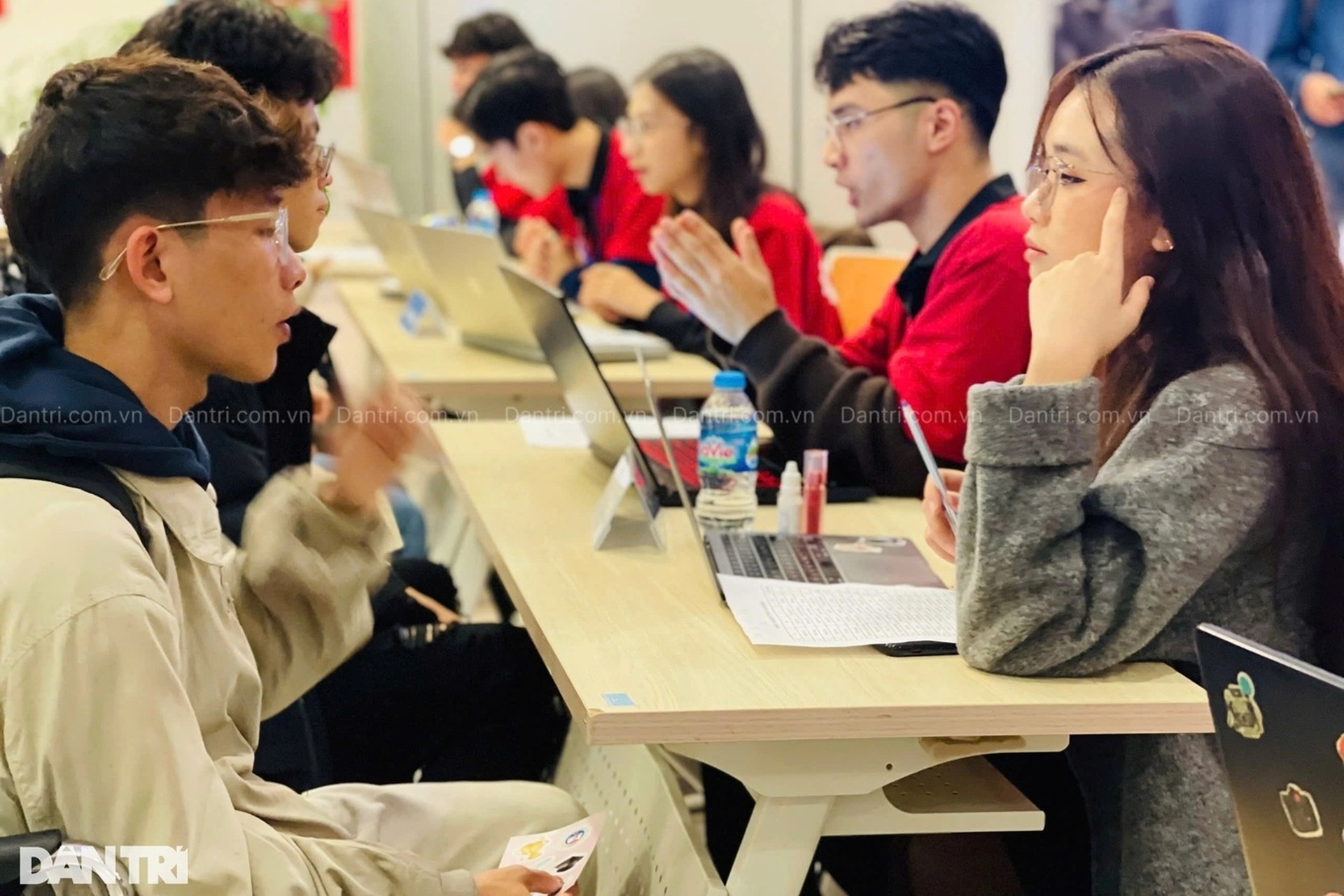
Associate Professor Dr. Nguyen Phu Khanh especially noted the issue of lecturers and students being affected by the arrangement and merger. How to avoid interrupting or leaving the training process incomplete is something that needs to be carefully calculated.
Sharing the same view, National Assembly delegate Ta Van Ha, Vice Chairman of the Committee on Culture and Society, said: "There needs to be a roadmap and cautious steps, avoiding mechanically combining educational institutions."
Mr. Ta Van Ha affirmed that education is a very special profession. The reorganization process should avoid mechanically merging universities together, because it is possible that a strong unit will be merged with a weak unit and the quality will decrease.
Learners need to be protected with on-demand support tools.
Mr. Nguyen Thanh Hung - Head of Admissions and Communications at Pacific University - supports the merger of public universities to optimize resources and improve training quality throughout the system.
This adjustment not only saves the national budget but also overcomes the fragmentation, overlapping functions, deviation from output standards and the situation where many schools have not reached the minimum scale for both training, research and innovation activities.
“International experience shows that mergers can improve academic quality, increase competitive advantage and create administrative efficiency for schools if well designed and have a suitable roadmap,” Mr. Nguyen Thanh Hung affirmed.
Mr. Hung added that this merger needs to be placed within the framework of the Prime Minister's Decision 452 on the Planning of the University Education Network for the 2021-2030 period, ensuring reasonable distribution by region, by industry and according to national human resource requirements.
However, according to Mr. Hung, there are two risks to consider. First is the risk of increasing access barriers for learners in rural and remote areas when physical connections are reduced. Second is the risk of forming large public “giants” that overwhelm small and medium schools, limiting the diversity of the ecosystem.
Regarding governance, Mr. Hung commented that mergers are only sustainable when linked to autonomy mechanisms accompanied by accountability, data disclosure and effective budget allocation. Governance changes under Resolution 71 require redesigning quality control loops to ensure academic standards and protect the professional space of the team, especially during the transition period.
From these bases, Mr. Hung proposed 5 principles for implementing arrangement and merger: one is to merge according to the mission and regional needs; two is to ensure reasonable planning of the school network after the merger; three is to protect learners with support tools according to needs, both in terms of geographical access and financial support; four is to build and maintain a proper regulatory environment from the state to create healthy competition (regardless of large or small schools, public or private schools); five is to bind autonomy with clearer assessment of results, publicity and accountability.
Mr. Hung affirmed that if the above five principles are consistently implemented, the merger will help the Vietnamese university system become stronger, more transparent and fairer.
Part 1: University arrangement is an order and strategy for breakthrough
Source: https://dantri.com.vn/giao-duc/sap-xep-dai-hoc-phai-dam-bao-khong-gian-doan-viec-hoc-cua-sinh-vien-20250923223253693.htm







![[Photo] Hanoi morning of October 1: Prolonged flooding, people wade to work](https://vphoto.vietnam.vn/thumb/1200x675/vietnam/resource/IMAGE/2025/10/1/189be28938e3493fa26b2938efa2059e)
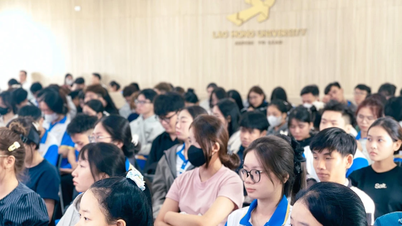

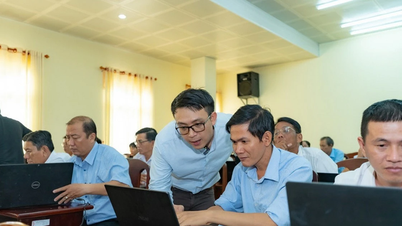

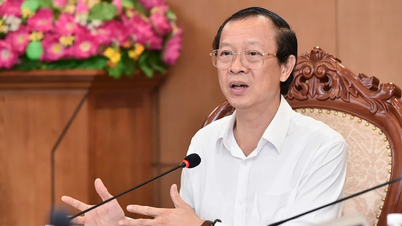

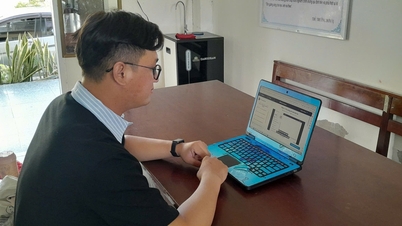


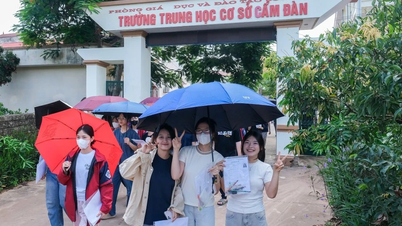
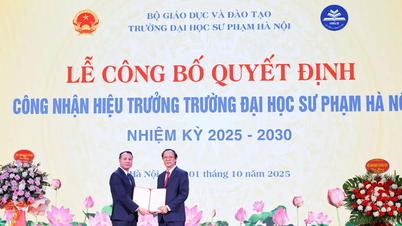
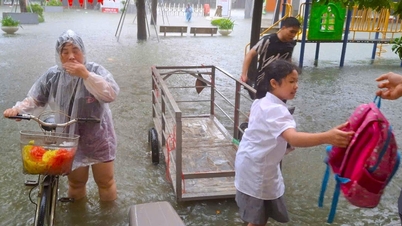

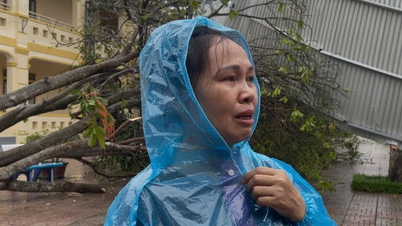
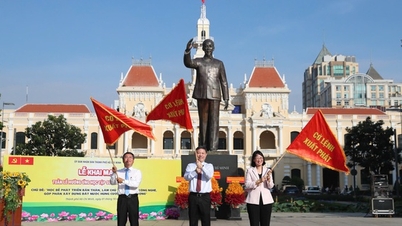









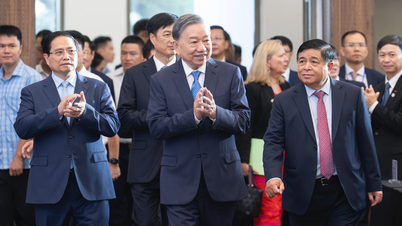
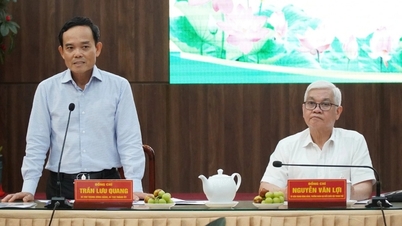


![[Photo] Panorama of the cable-stayed bridge, the final bottleneck of the Ben Luc-Long Thanh expressway](https://vphoto.vietnam.vn/thumb/1200x675/vietnam/resource/IMAGE/2025/9/30/391fdf21025541d6b2f092e49a17243f)
![[Photo] The 1st Congress of Phu Tho Provincial Party Committee, term 2025-2030](https://vphoto.vietnam.vn/thumb/1200x675/vietnam/resource/IMAGE/2025/9/30/1507da06216649bba8a1ce6251816820)
![[Photo] President Luong Cuong receives President of the Cuban National Assembly Esteban Lazo Hernandez](https://vphoto.vietnam.vn/thumb/1200x675/vietnam/resource/IMAGE/2025/9/30/4d38932911c24f6ea1936252bd5427fa)





















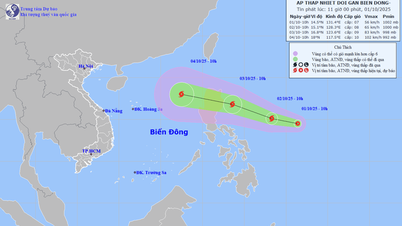
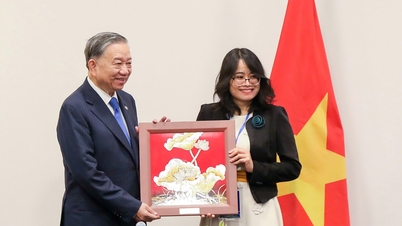












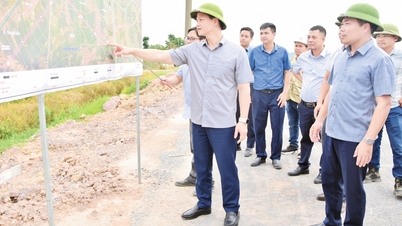



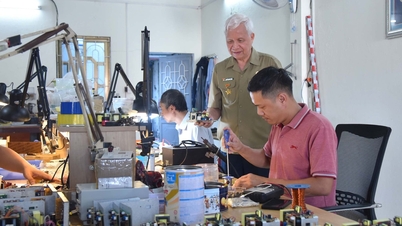















Comment (0)